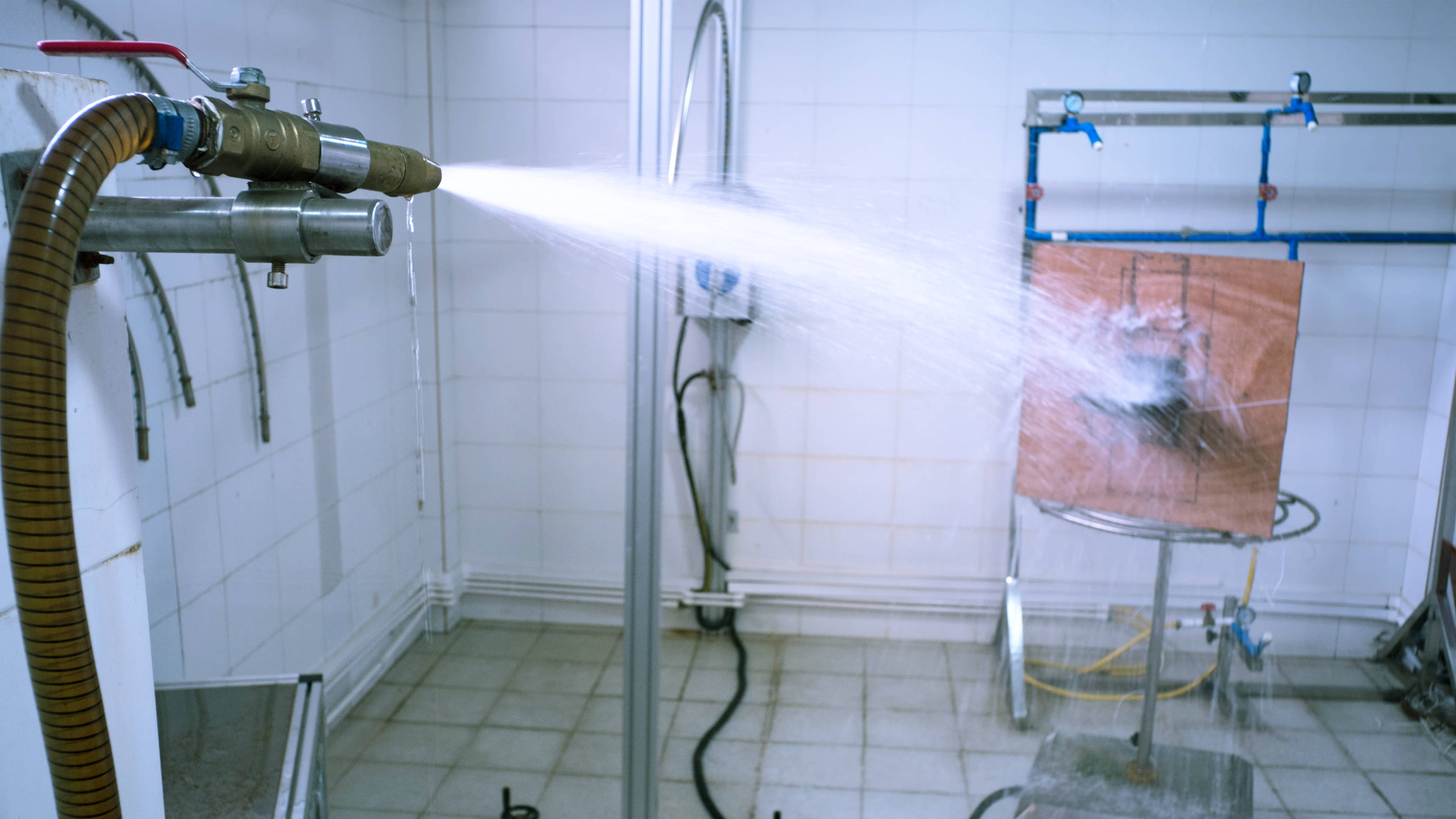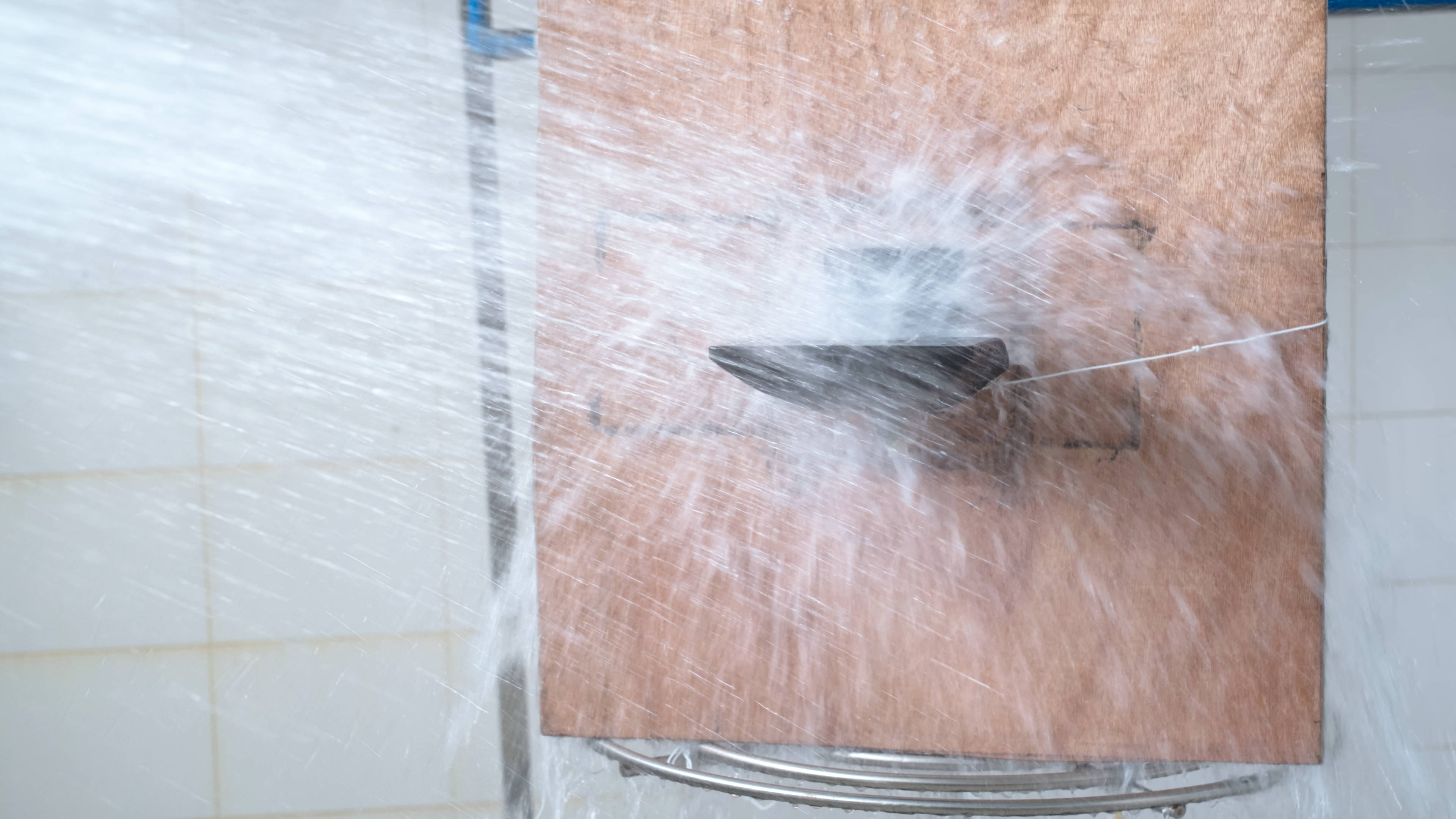
Förstå EN/IEC 60529: IP-kodstandarden
EN/IEC 60529, allmänt känd som IP-koden, är ett standardiserat sätt att fastställa skyddsnivån för elektriska apparater mot fasta ämnen och vätskor.
Vad är EN/IEC 60529?
International Electrotechnical Commission (IEC) fastställde standarden 60529, som European Norms (EN) har antagit som sin egen. I huvudsak beskriver denna standard ett system för att klassificera de skyddsgrader som tillhandahålls av kapslingar för elektrisk utrustning. Dessa skyddsklassificeringar är främst mot följande:
- Intrång av fasta främmande föremål.
- Inträngning av vatten.
- Åtkomst till farliga delar.
Det primära syftet med EN/IEC 60529 är att ge användarna en mer detaljerad beskrivning av skyddsnivån än vaga termer som "vattentät" eller "dammtät".
Förståelse av IP-koden
En IP-kod består av bokstäverna "IP" följt av två numeriska siffror och en valfri bokstav. Varje tecken har en specifik betydelse:
- Första numeriska siffran: Representerar skydd mot fasta partiklar.
- ** Andra numeriska siffran:** Representerar skydd mot vätskor.
- Valfri bokstav:** Ger ytterligare information om skydd mot åtkomst till farliga delar och andra förhållanden.
Skydd mot fasta partiklar:
Den första siffran sträcker sig från 0 till 6 och anger storleken på det främmande föremålet, från stora kroppsdelar till mikroskopiska partiklar:
- 0 - Inget skydd.
- 1 - Skydd mot föremål >50 mm, t.ex. oavsiktlig beröring med händerna.
- 2 - Skydd mot föremål >12,5 mm, t.ex. fingrar.
- 3 - Skydd mot föremål >2,5 mm, t.ex. verktyg, tjocka kablar.
- 4 - Skydd mot föremål >1mm, t.ex. de flesta kablar, skruvar.
- 5 - Dammskyddad; begränsat intrång tillåtet.
- 6 - Helt dammtät.
Skydd mot vätskor:
Den andra siffran sträcker sig från 0 till 9K, vilket indikerar skyddsnivåer från inget skydd till skydd mot vattenstrålar med högt tryck och hög temperatur:
- 0 - Inget skydd.
- 1 - Skydd mot vertikalt fallande droppar, t.ex. kondens.
- 2 - Skydd mot vattendroppar som avböjs upp till 15° från vertikalen.
- 3 - Skydd mot vatten som sprutas upp till 60° från vertikalen.
- 4 - Skydd mot vattenstänk från alla riktningar.
- 5 - Skydd mot vattenstrålar från alla riktningar.
- 6 - Skydd mot kraftiga vattenstrålar.
- 7 - Skydd mot nedsänkning i vatten upp till 1 meters djup.
- 8 - Skydd mot långvarig nedsänkning på mer än 1 meters djup.
- 9K - Skydd mot vattenstrålar med högt tryck och hög temperatur.
Varför är IP-koden viktig?
1. Användarförtroende: När konsumenter ser en känd standard som IP-koden på en produkt kan de känna sig mer säkra på dess hållbarhet i specifika miljöer, oavsett om det är i regn eller på en dammig arbetsplats.
2. Branschstandarder: För tillverkare kan det effektivisera designprocessen att följa erkända standarder. De har ett tydligt riktmärke att förhålla sig till om de vill uppnå en viss miljötålighet.
3. Säkerhet: Utöver att hålla smuts och vatten ute kan IP-klassning också indikera om utrustningen är säker att använda i vissa miljöer, vilket minskar risken för elektriska faror.
Praktiska tillämpningar
Smartphones och wearables: Många moderna prylar, särskilt smartphones och smartklockor, har IP-klassning. En IP68-klassning innebär t.ex. att enheten är dammtät och klarar av att sänkas ned i vatten.
Industriell utrustning: I fabriker eller produktionsanläggningar behöver maskiner ofta stå emot damm, vatten eller kemikalier. I sådana miljöer är det vanligt med enheter som är IP65-klassade eller högre.
Utomhusbelysning: Oavsett om det är för en trädgård eller gatlyktor, har utomhusbelysning ofta IP-klassning för att säkerställa livslängd trots exponering för elementen.
Slutsats
EN/IEC 60529 erbjuder ett omfattande system för att förstå skyddsegenskaperna hos elektriska kapslingar. Oavsett om du är tillverkare, tekniker eller konsument kan en förståelse för IP-koden hjälpa dig att fatta välgrundade beslut om utrustningens lämplighet för specifika miljöer. I en värld som blir alltmer beroende av elektronik spelar sådana standarder en avgörande roll för att garantera säkerhet, tillförlitlighet och hållbarhet.

